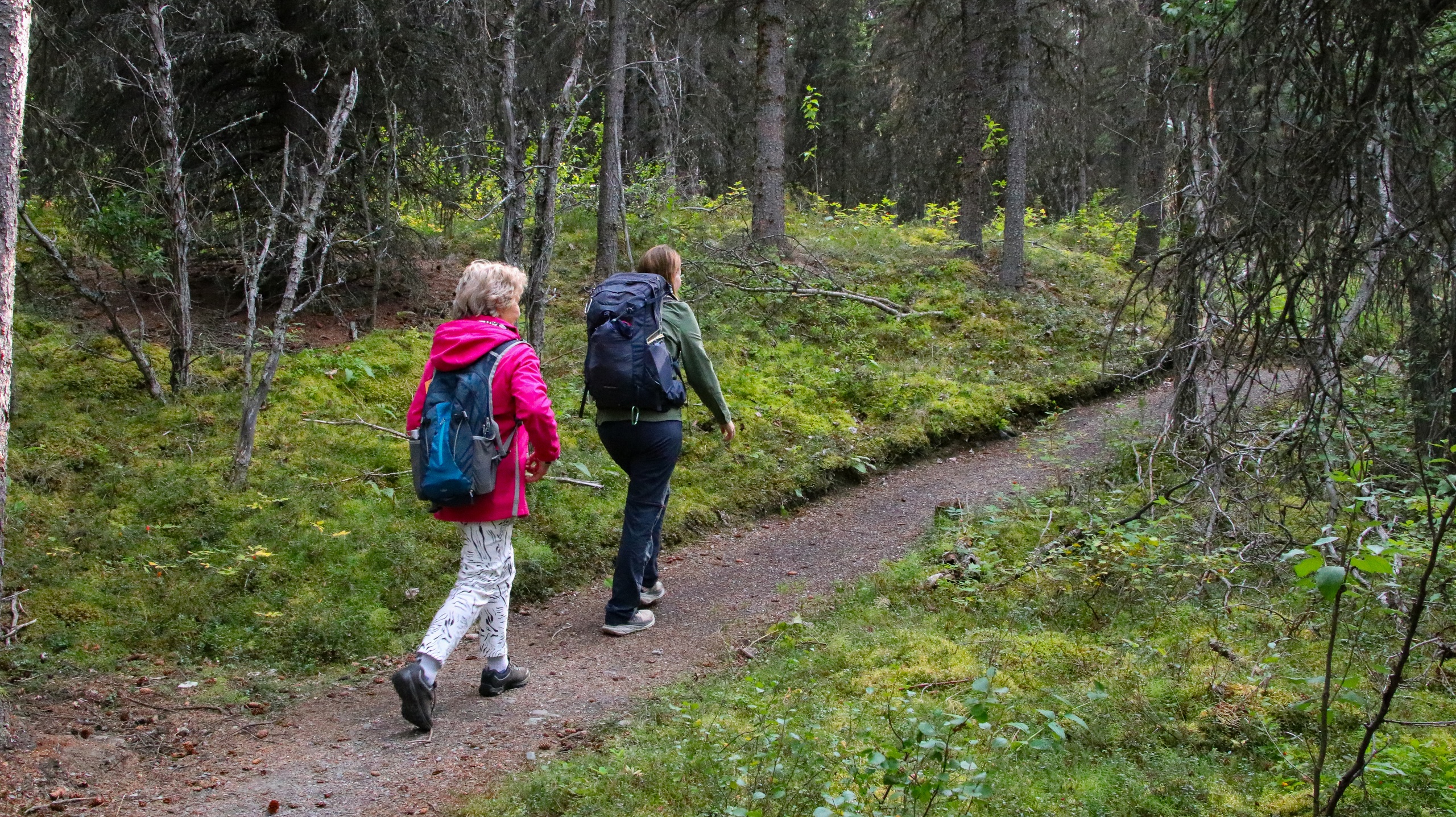Edge of Ice: Exploring Vatnajokull National Park on Foot and Crampon
Glacier walks, basalt waterfalls, and iceberg lagoons on Iceland’s wild southern edge
At sunrise, the glacier breathes. Wind skims off the ice cap and herds a fleet of low clouds across the black deserts of South Iceland. Crampons bite. The glacier groans—a stern conversation in blue and white—and you answer by leaning forward, letting the slope of Skaftafellsjökull pull you into its frozen grammar. Here in Vatnajökull National Park, the landscape doesn’t simply sit; it moves, nudges, dares. Rivers rush as if late to an appointment with the sea, moraines shoulder past each other, and ice caves whisper secrets before winter collapses them and writes new ones.
Trail Wisdom
Go guided on the ice
Crevasses, moulins, and changing bridges make glacier travel hazardous. Book a certified guide for glacier walks and any ice cave visit.
Dress for four seasons in a day
Carry a waterproof shell, warm midlayer, hat, and gloves—even in July. Wind and rain can arrive without warning.
Check conditions before you roll
Use vedur.is for weather and road.is for closures. High winds can shut down bridges and make driving the Ring Road risky.
Protect the moss and the ice
Stay on marked trails and durable surfaces. Off-trail travel damages fragile vegetation and is illegal in many areas.
Local Knowledge
Hidden Gems
- •Múlagljúfur Canyon viewpoint for a quieter, dramatic glacial valley hike
- •Svínafellsjökull lagoon pull-off for close-up views of blue ice and crevasses
Wildlife
Arctic fox, Wild reindeer (Eastern Iceland)
Conservation Note
Stay on marked trails and avoid trampling moss, which can take decades to recover. Off-road driving is illegal in Iceland; pack out all waste and minimize disturbance to bird and seal habitats.
Established in 2008 and expanded since, Vatnajökull National Park protects the interplay of volcano and ice; it became a UNESCO World Heritage Site in 2019.
Seasonal Guide
spring
Best for: Shoulder-season hiking, Quieter viewpoints
Challenges: Lingering snow/ice on trails, Unpredictable wind and rain
April–May brings longer days and fewer crowds. Expect mixed conditions—packed snow in the shade, muddy sections, and cold nights.
summer
Best for: Glacier walks, Long hiking days
Challenges: Crowds at hotspots, Strong sun and glare off ice
June–August is prime time: stable weather, lush lowlands, and midnight light. Book guides and lodging in advance.
fall
Best for: Moody light for photography, Quieter trails
Challenges: Early storms, Rapidly shortening days
September–October delivers crisp air and dramatic skies. Layers and waterproofs are essential as conditions shift quickly.
winter
Best for: Ice caves, Northern Lights viewing
Challenges: Short daylight, Icy roads and closures
November–March opens the ice caves with guided access. Plan flex days for storms and always monitor road conditions.
Photographer's Notes
What to Bring
Waterproof hiking boots with ankle supportEssential
Keeps feet dry on soggy trails and provides stability on moraine and glacier approaches.
Breathable waterproof shell (Hardshell or robust rain jacket)Essential
Essential wind and rain protection in a region known for sudden squalls.
Insulated midlayer (fleece or light down)
Adds warmth during winter cave tours or chilly summer mornings on the ice.
UV-protective sunglasses with side coverageEssential
Prevents snow-blindness from intense glare off ice and snow.
Common Questions
Do I need a guide to hike on the glacier or visit ice caves?
Yes. Glacier and ice cave travel should be with certified guides due to hidden crevasses, changing bridges, and shifting conditions.
When is the best time to see ice caves?
Typically November–March when cold temperatures stabilize cave ceilings and floors. Exact access varies by year and safety conditions.
How far is Vatnajökull from Reykjavík?
Skaftafell is about 320 km (4–5 hours) by car via Route 1. Jökulsárlón is roughly 380 km (5–6 hours). Plan fuel and food stops.
Are there facilities and food inside the park?
Skaftafell has a visitor center, restrooms, seasonal cafés, and paid parking. Options thin out beyond; carry snacks, water, and a packed lunch.
Can families with kids do a glacier walk?
Many guided tours welcome children (often ages 8–10+). Check minimum age, boot size requirements, and tour difficulty before booking.
Are drones allowed in Vatnajökull National Park?
Drone use is restricted and often prohibited near busy sites and wildlife. Check park rules and posted signs; permits may be required.
What to Pack
Waterproof boots for soggy trails and glacier approaches; breathable rain shell for wind and sudden showers; warm hat and gloves for summit breezes or cave chill; snacks and a thermos because services are limited and weather delays happen.
Did You Know
Vatnajökull and its surrounding protected areas cover roughly 14% of Iceland, and the glacier itself is Europe’s largest by volume; the park was inscribed as a UNESCO World Heritage Site in 2019.
Quick Travel Tips
Book glacier and ice cave tours at least 2–4 weeks ahead in summer and winter; pay for parking at Skaftafell and Jökulsárlón via posted QR codes; download offline maps (cell service is spotty) and check road.is and vedur.is daily; carry extra fuel and food between Vík and Höfn as services are sparse.
Local Flavor
Refuel in Höfn, Iceland’s langoustine capital—try grilled ‘humar’ with local butter and a cold Icelandic lager. If you’re overnighting near Skaftafell, cap the day with hot soup and rye bread at a roadside café and a stroll to the black sands at sunset. Keep an eye out for community pools; a soak in geothermal water is the most Icelandic nightcap.
Logistics Snapshot
Closest airports: Reykjavík Domestic (RKV) for short flights to Hornafjörður (HFN), or Keflavík (KEF) for international arrivals. Driving: Reykjavík to Skaftafell ~4–5 hours (320 km) on Route 1; Höfn to Jökulsárlón ~1 hour (80 km). Cell service: patchy in valleys and near glaciers—download offline maps. Permits: No hiking permits required; guided tours mandatory for ice caves and strongly recommended on glaciers; paid parking at major lots.
Sustainability Note
Vatnajökull’s glaciers and mossy lowlands are fragile. Stick to marked paths, avoid stepping on moss, never drive off-road, and join small-group, Leave No Trace–minded tours. Pack out all trash and keep a respectful distance from wildlife and nesting birds.
Continue Reading

Canyon Wave: Rafting Denali’s Glacial Heart on the Nenana River
The Nenana River doesn’t whisper—it urges you forward. On the Canyon Wave run, you’ll punch through crisp, glacial rapids beneath Denali’s ramparts, trading roadside views for a front-row seat to Alaska’s wild hydraulics. Cold water, big smiles, and a canyon that knows how to keep pace.
Healy, Alaska

Chasing Light in Denali: An Afternoon Hike Across Taiga and Tundra
Trade the tour bus for tundra. This guided afternoon hike threads from shadowed spruce to open ridgeline, where Denali’s valleys breathe wide and the wind calls the cadence. Come for the views, stay for the stories beneath your boots.
Denali Park, Alaska

